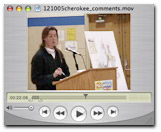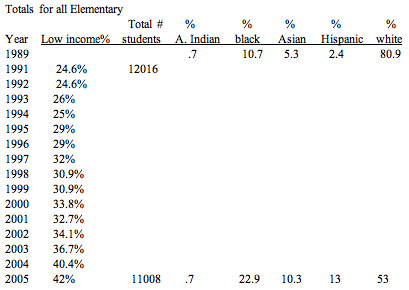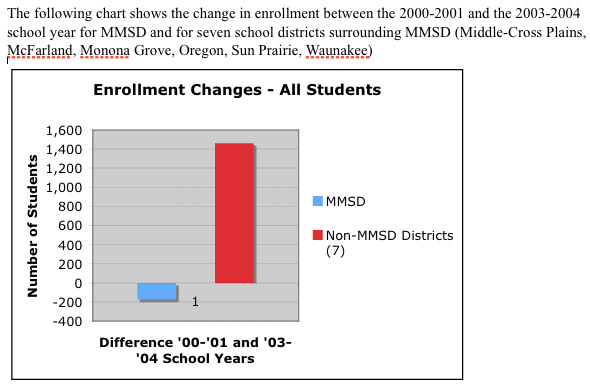Wall Street Journal Review and Outlook:
The Texas Supreme Court did the expected last week and struck down the statewide property tax for funding public schools. But what was surprising and welcome was the Court’s unanimous ruling that the Texas school system, which spends nearly $10,000 per student, satisfies the funding “adequacy” requirements of the state constitution. Most remarkable of all was the court’s declaration that “more money does not guarantee better schools or more educated students.”
In one of the most notorious cases, in Kansas City, Missouri in the 1980s, a judge issued an edict requiring a $1 billion tax hike to help the failing inner-city schools. This raised expenditures to about $14,000 per student, or double the national average, but test scores continued to decline. Even the judge later admitted that he had blundered.
LA education writer Paul Ciotti wrote in 1998 about the Kansas City Experiment:
In fact, the supposedly straightforward correspondence between student achievement and money spent, which educators had been insisting on for decades, didn’t seem to exist in the KCMSD. At the peak of spending in 1991-92, Kansas City was shelling out over $11,700 per student per year.(123) For the 1996-97 school year, the district’s cost per student was $9,407, an amount larger, on a cost-of-living-adjusted basis, than any of the country’s 280 largest school districts spent.(124) Missouri’s average cost per pupil, in contrast, was about $5,132 (excluding transportation and construction), and the per pupil cost in the Kansas City parochial system was a mere $2,884.(125)
The lack of correspondence between achievement and money was hardly unique to Kansas City. Eric Hanushek, a University of Rochester economist who testified as a witness regarding the relationship between funding and achievement before Judge Clark in January 1997, looked at 400 separate studies of the effects of resources on student achievement. What he found was that a few studies showed that increased spending helped achievement; a few studies showed that increased spending hurt achievement; but most showed that funding increases had no effect one way or the other.(126)
Between 1965 and 1990, said Hanushek, real spending in this country per student in grades K-12 more than doubled (from $2,402 to $5,582 in 1992 dollars), but student achievement either didn’t change or actually fell. And that was true, Hanushek found, in spite of the fact that during the same period class size dropped from 24.1 students per teacher to 17.3, the number of teachers with master’s degrees doubled, and so did the average teacher’s number of years of experience.(127)
More on Ciotti
Madison Schools Superintendent Art Rainwater “implemented the largest court-ordered desegregation settlement in the nation’s history in Kansas City, Mo” Google search | Clusty Search
















